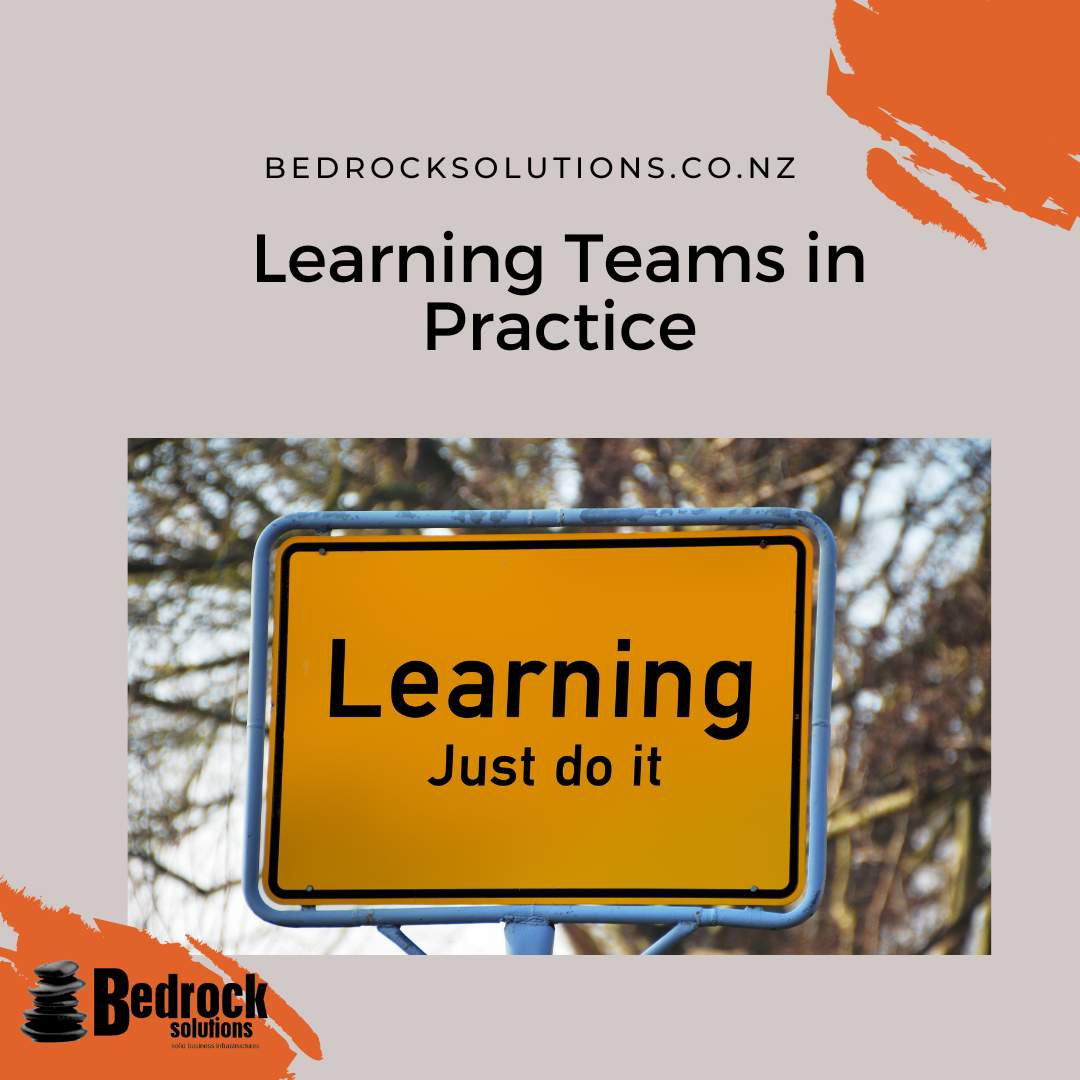Learning Teams in practice
Leading on from our last post on Learning Teams, I thought I would share how I have recently used part of this process.
One of our clients asked for our help in developing a traffic management plan in addition to conducting machinery safety risk assessments for their high-risk site. Sure, enough I could have flicked a guideline that I had previously written on traffic management so they could have followed the process and created a similar-looking plan. Luckily, they asked for a site visit which meant I could work through the process of developing a traffic management plan suitable to their site and operations. In addition, I could ensure that there was input from the remainder of the team as everyone sees risks differently and there is value in getting a group to identify and solve problems. These drive learning and development in a big way.
Taking over their weekly operational safety meeting, I decided to start with a simple exercise. Firstly, I asked them to work in pairs to compile a list of entities/stakeholders who visited the site. Then we collated the list and put these stakeholders in order of priority with Priority A entities being crucial to the running of the business. This generated a lot of discussion as to the importance and influence of each of their stakeholders, how often they were visiting site, and what material they were carting to/from the site. With the group more engaged, the next step was looking at the risks with the current traffic plan and finding the areas of interaction between pedestrians and vehicles. We then looked at opportunities for improvement of which there were several. This was just the starting point of our discussion and I envisage there will be many other opportunities for streamlining the remainder of the site traffic management plan.
So once again, the five core principles of learning teams are:
- Understanding that Work as Imagined, and Work as Done give context
- Groups outperform individuals in problem identification and problem-solving
- Workers have the best knowledge and understanding of the problem. Everyone sees risks differently.
- The more effort put into understanding the problem, the better the solution outcomes
- Group problem identification, solving, and reflection drive learning and improvement.
If you would like to know more about how we can help you streamline your operational health and safety processes do not hesitate to reach out 03 337 0593 or [email protected]
Click here to contact us.
Date Posted: 28 June 2022

